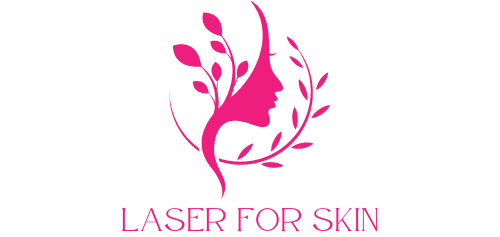Introduction: Rosacea is a common chronic skin condition characterized by facial redness, flushing, visible blood vessels, and sometimes papules and pustules resembling acne. While there is no cure for rosacea, laser therapy has emerged as a promising treatment option for managing its symptoms and improving the appearance of facial redness. Let’s explore how laser treatment can unveil a rosy complexion by targeting rosacea and facial redness effectively.
- Understanding Rosacea and Facial Redness:
- Rosacea is a chronic inflammatory condition that primarily affects the central face, including the cheeks, nose, chin, and forehead.
- Facial redness, flushing, and visible blood vessels (telangiectasia) are hallmark features of rosacea, often accompanied by sensations of warmth or burning.
- How Laser Therapy Works:
- Laser therapy for rosacea targets blood vessels and inflammation in the skin, reducing redness and improving overall skin tone.
- Specific wavelengths of light are used to selectively target hemoglobin in blood vessels, causing them to coagulate and be absorbed by the body.
- Additionally, laser therapy can stimulate collagen production and reduce inflammation, leading to long-term improvements in rosacea symptoms.
- Types of Laser Therapy:
- Pulsed Dye Laser (PDL): PDL is one of the most commonly used lasers for treating rosacea and facial redness. It targets blood vessels in the skin, effectively reducing redness and flushing.
- Intense Pulsed Light (IPL) Therapy: IPL emits broad-spectrum light that targets both blood vessels and pigmentation in the skin, making it versatile for treating various aspects of rosacea, including redness and pigmented lesions.
- Nd:YAG Laser: Nd:YAG lasers can target deeper blood vessels in the skin, making them suitable for treating more severe cases of rosacea with significant vascular involvement.
- The Treatment Process:
- Before laser treatment, patients undergo a thorough consultation and skin assessment to determine the most appropriate laser modality and treatment plan.
- During the procedure, the laser device is applied to the skin, delivering pulses of light energy to targeted areas.
- Patients may experience mild discomfort during the treatment, but topical anesthetics and cooling devices are often used to minimize pain and ensure patient comfort.
- Post-Treatment Care and Results:
- Following laser treatment, patients may experience temporary redness, swelling, or mild irritation, which typically subside within a few days.
- Multiple treatment sessions may be needed to achieve optimal results, with gradual improvement in rosacea symptoms observed over time.
- With proper post-treatment care and maintenance, including sun protection and skincare regimen, patients can enjoy long-lasting improvements in facial redness and overall skin appearance.
Conclusion: Laser therapy offers a safe and effective solution for managing rosacea and facial redness, helping individuals unveil a rosy complexion and regain confidence in their skin. By targeting blood vessels and inflammation, laser treatment reduces redness, flushing, and other symptoms associated with rosacea, leading to a more even and balanced skin tone. Whether dealing with mild or severe rosacea, laser therapy offers hope for individuals seeking relief from this chronic skin condition and a renewed sense of confidence in their appearance.



